Programmatic Advertising 101: Ad Types, Benefits, Drawbacks & Trends
If you’re new to
Benefits of Programmatic Advertising
Programmatic advertising is highly popular in the digital marketing landscape. There are several reasons for the importance of programmatic ads in buying and selling digital media.
Here are the top advantages of incorporating these ad types into your advertising strategy:
- They Offer Targeted Reach. Programmatic media buying allows advertisers to target specific audiences with precision. By leveraging data insights and audience segmentation, advertisers can deliver their ads to the right people at the right time, increasing the chances of engagement and conversions.
- They Are Efficient and Cost-Effective. Targeted advertising automates the ad-buying process, eliminating the need for manual negotiations and reduces operational costs. It enables advertisers to optimize their campaigns in real-time, ensuring that their digital ad spend is allocated efficiently and delivering a higher return on investment.
- They Help You Make Better Decisions. AI-powered advertising relies on data-driven decision-making. Using sophisticated algorithms and data analysis, advertisers gain valuable insights into audience behavior, ad performance, and campaign metrics, reducing human error. These insights can be leveraged to refine targeting strategies, improve ad creatives, and drive better results.
- They Provide Greater Transparency and Control. Automatic ad-buying platforms offer transparency in terms of ad placement, ad viewability, and campaign performance metrics. Advertisers can have better control over their campaigns, monitor where their ads appear, and ensure brand safety by excluding undesirable placements.
- They Consider User-Behavior and Personalization. Programmatic advertising relies on user data to deliver personalized and dynamic ads based on user behavior and preferences. Advertisers can customize ad creatives in real-time, tailoring them to specific audience segments and increasing the relevance and impact of their ads.
- They Offer Flexibility and Agility. Automated media buying allows advertisers to quickly adapt to changing market conditions and consumer trends. Campaigns can be modified on the go, enabling advertisers to take advantage of emerging opportunities or adjust strategies based on real-time data.
Disadvantages of Programmatic Advertising
- Ad Fraud and Brand Safety Risks. Although powerful, programmatic advertising faces challenges like ad fraud, where fake or low-quality traffic is generated, resulting in wasted ad spending. Moreover, there is a potential danger of ads appearing on unsuitable or non-brand-friendly websites, which can negatively impact a brand’s reputation.
- Lack of Transparency. Programmatic ad buying operates within a sophisticated network of intermediaries, including ad exchanges, demand-side platforms, and data providers. However, this intricate system often needs more transparency, making it difficult for advertisers to clearly understand how their ad budgets are allocated and where their ads precisely appear.
- Ad Blockers and Ad Fatigue. Ad blockers that block ads from being displayed present a challenge. When people use ad blockers, it restricts the reach and impact of programmatic ads. Moreover, if the ads become repetitive or poorly targeted, they can contribute to a phenomenon known as ad fatigue. This happens when users become immune or frustrated by an overwhelming number of ads, reducing engagement and effectiveness.
- Limited Creative Control. Advertisers often need more support in their creative control and customization level due to reliance on standardized ad formats and templates. Finding a balance between scalability and customization is crucial for ensuring ads stand out and resonate with the target audience.
Related Content: Best Programmatic Advertising Agency: Top 6 Choices for 2023
Programming Advertising Examples
Now that you understand how programmatic ads work and the benefits of using them in your ad campaigns, let’s take a look a few examples.
Personalized Retargeting
Imagine you’re exploring an e-commerce website, checking out a particular category of products, like running shoes. Later, browsing a different website, you see ads showcasing the same running shoes that caught your interest earlier.
This is an excellent example of personalized retargeting made possible through programmatic advertising:
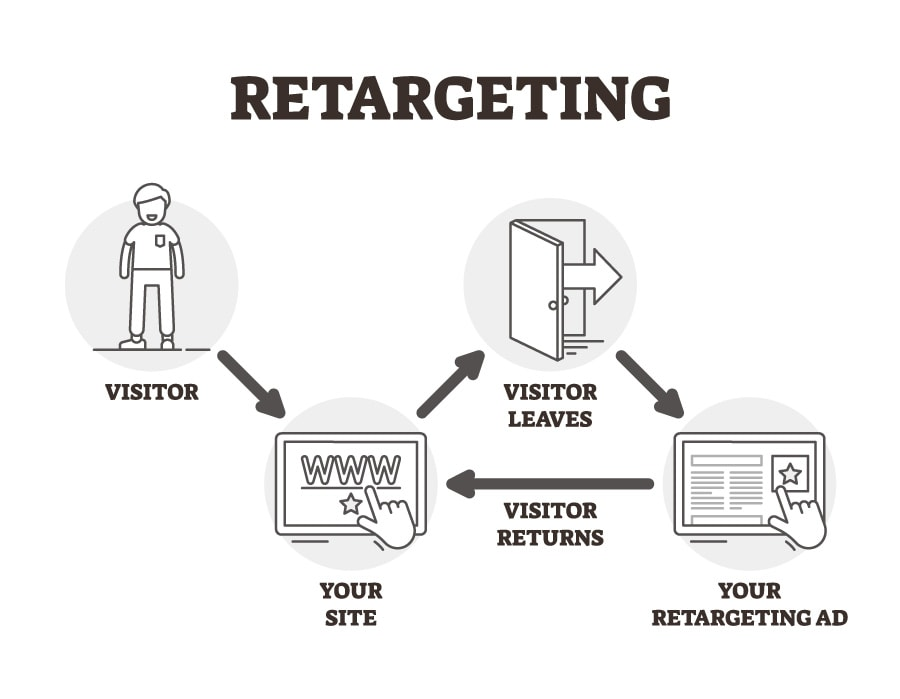
Related Content: Retargeting 101: Why It’s Essential for Any Marketing Funnel
Contextual Targeting
Let’s say you’re reading an article about healthy eating habits on a popular health and wellness website. You see ads for organic food products and fitness equipment when you scroll down the page.
These ads are strategically placed using contextual targeting, which matches the ad content with the surrounding context of the webpage.
Programmatic algorithms analyze the webpage’s content in real-time and deliver ads that align with the user’s current interests and the context of the content they’re consuming.
Here is an example of contextual ad targeting on the Wall Street Journal’s website:

Weather-Based Advertising
Programmatic advertising can leverage weather data to deliver targeted ads based on weather conditions.
Here is an example of a snowstorm ad by snow blower company Ariens that effectively leverages weather-based advertising:
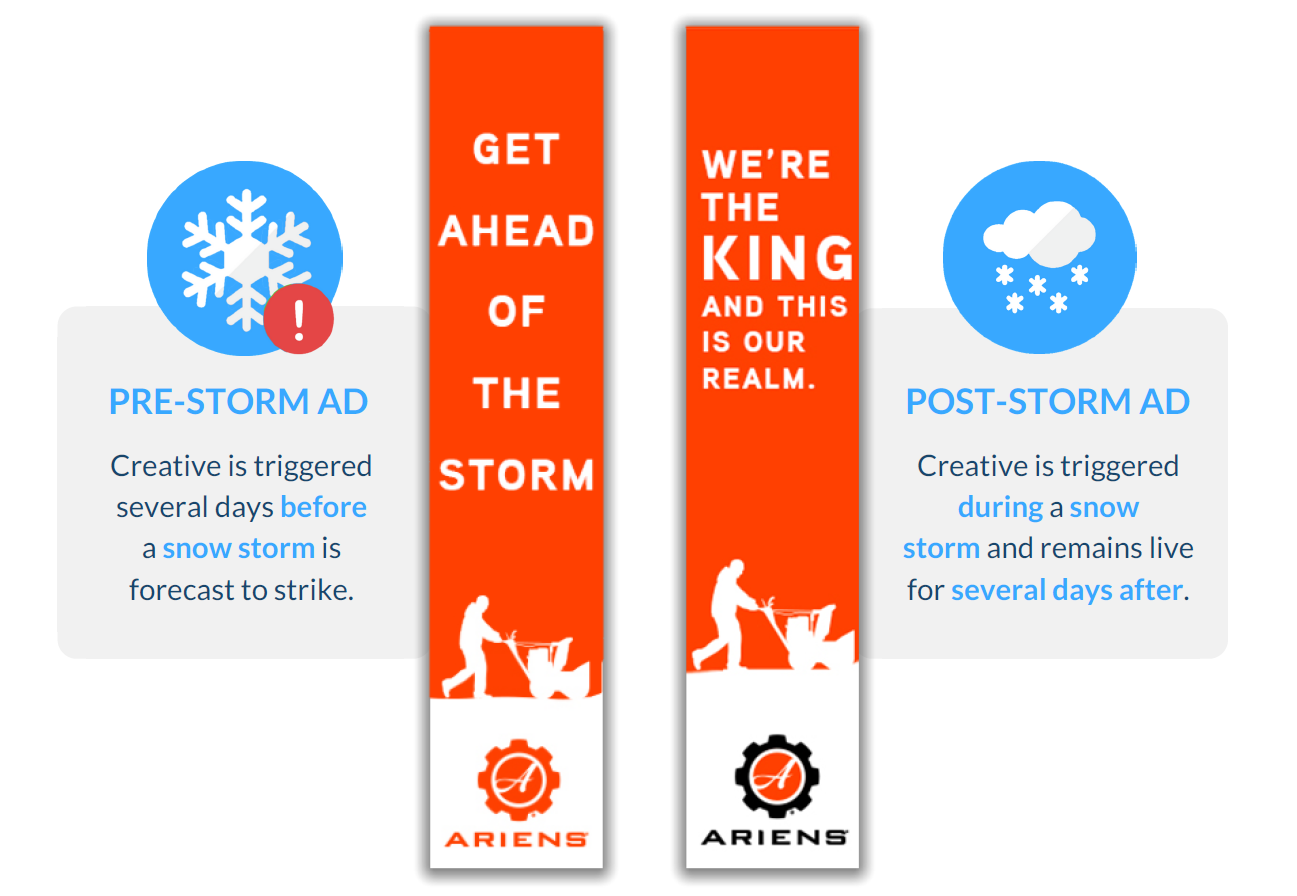
Dynamic Creative Optimization
Automatic digital advertising enables dynamic creative optimization, where ad content is customized and dynamically tailored to individual users. For example, a travel company can display ads featuring different destinations based on users’ geographical locations or past travel preferences.
This personalized approach enhances user engagement and increases conversion rates by delivering highly relevant and compelling ad experiences. Here is an example of a dynamic ad creative where the ad contents are changed in real-time:

Cross-Device Sequential Messaging
Automated digital ads allow advertisers to deliver sequential messages across multiple devices. For instance, if a user interacts with a brand’s ad on their mobile device, the advertiser can show a follow-up ad with a complimentary offer or additional information on the user’s desktop.
This sequential messaging helps maintain consistency and reinforce brand messaging across different touch points, maximizing the chances of conversion:
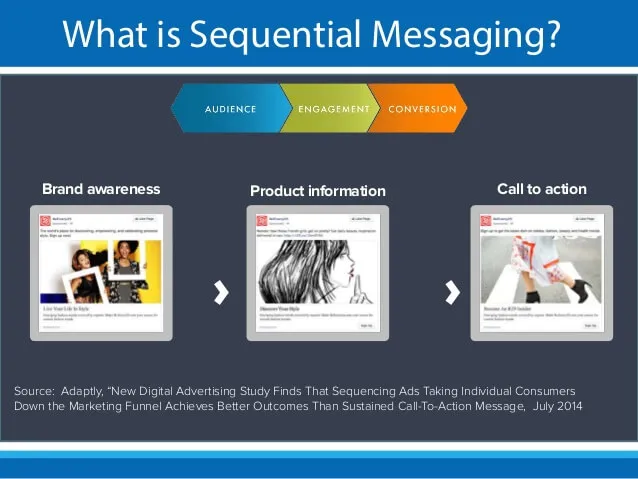
Future Trends and Innovations in Programmatic Advertising
As I mentioned earlier, with the advancement in technology, we will be seeing more types of programmatic ads in the future. Here are a few future trends.
Artificial Intelligence and Machine Learning
AI and machine learning are set to play a significant role in programmatic advertising. These technologies can analyze vast amounts of cookie data, enabling more accurate audience targeting, ad placement optimization and predictive modeling for campaign performance.
AI-powered algorithms can continuously learn and adapt, driving better campaign outcomes and efficiency.
Advanced Audience Targeting
The future of the automated display advertising process lies in more sophisticated audience targeting capabilities.
Advertisers will employ a data-driven approach to create detailed user profiles, including first-party data, third-party data providers, and connected device data. This will enable precise audience segmentation, allowing advertisers to reach specific target groups with personalized messaging.
Cross-Channel Integration
Programmatic advertising will increasingly focus on cross-channel integration, allowing advertisers to create seamless experiences across multiple platforms and devices.
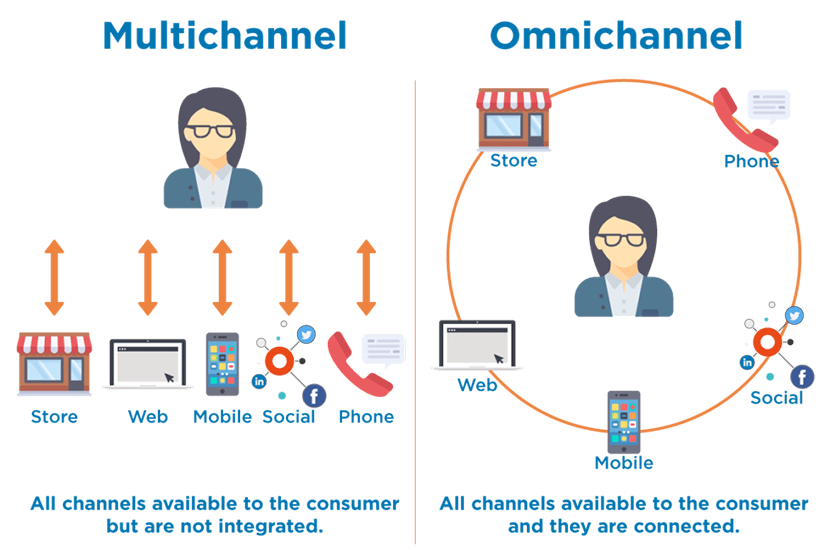
Advertisers will leverage programmatic capabilities to orchestrate and synchronize campaigns across display ads, video, mobile, social media, connected TV, and other emerging channels.
Privacy and Data Protection
Privacy regulations and consumer concerns are shaping the future of programmatic advertising.
Advertisers will adapt to stricter data privacy laws, such as the General Data Protection Regulation (GDPR) and the California Consumer Privacy Act (CCPA). Innovations will focus on privacy-preserving techniques like federated learning and contextual targeting to deliver relevant ads while respecting user privacy.
Advanced Ad Formats
Programmatic advertising will continue to evolve in terms of ad formats and interactivity.
Interactive and immersive ad experiences, such as augmented reality (AR) and virtual reality (VR) ads, will gain prominence. Advertisers will explore innovative formats to capture users’ attention and create memorable brand interactions.
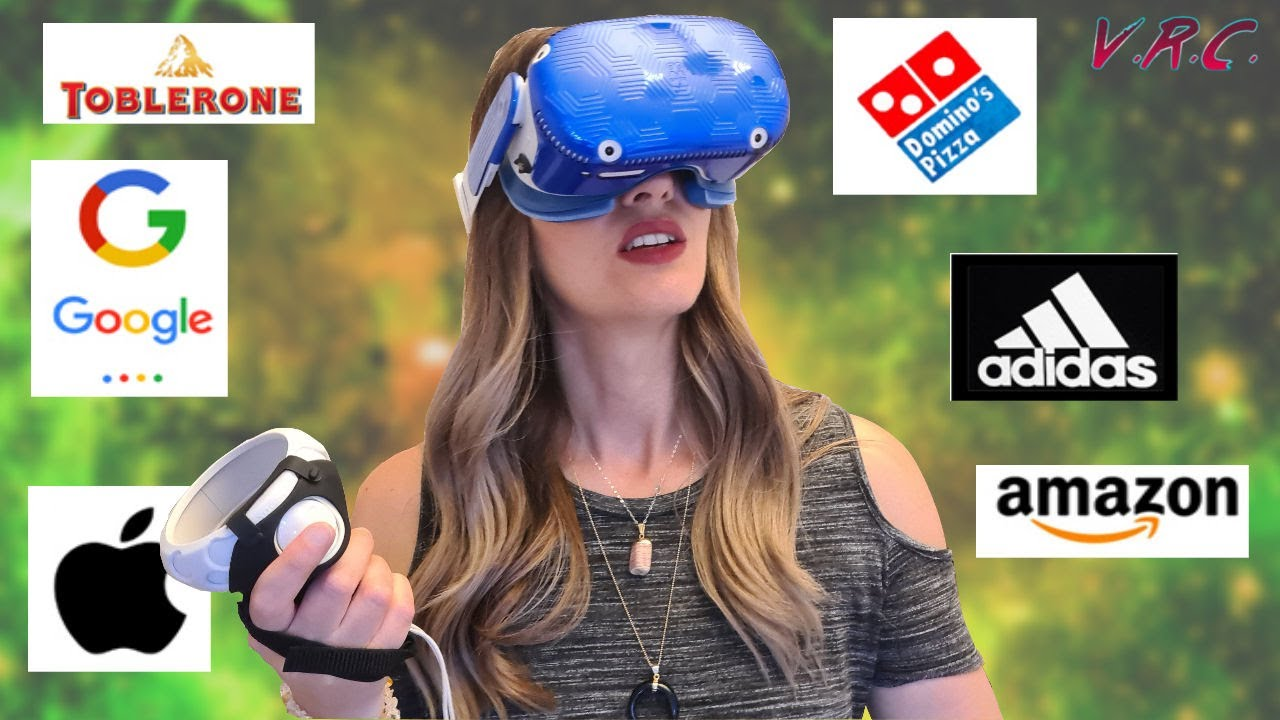
Related Content: Beginner’s Guide to Virtual Reality Ads
Last Word on Programmatic Advertising 101
Programmatic advertising is on the rise, and it’s expected to keep growing and bring more exciting changes to the industry.
The future of programmatic advertising looks promising thanks to advancements in AI, machine learning and cross-channel integration. These technologies will allow advertisers to create ads tailored to each and every person, making the experience more personal and engaging.
By understanding the principles and possibilities of programmatic advertising, you can unlock their potential to drive engagement, increase conversions, and achieve your marketing objectives.
Hopefully you learned all the basics of programmatic advertising! But if you’d just like someone to do all the hard work for you, Single Grain’s programmatic ads experts can help!👇
The post Programmatic Advertising 101: Ad Types, Benefits, Drawbacks & Trends appeared first on Single Grain.


